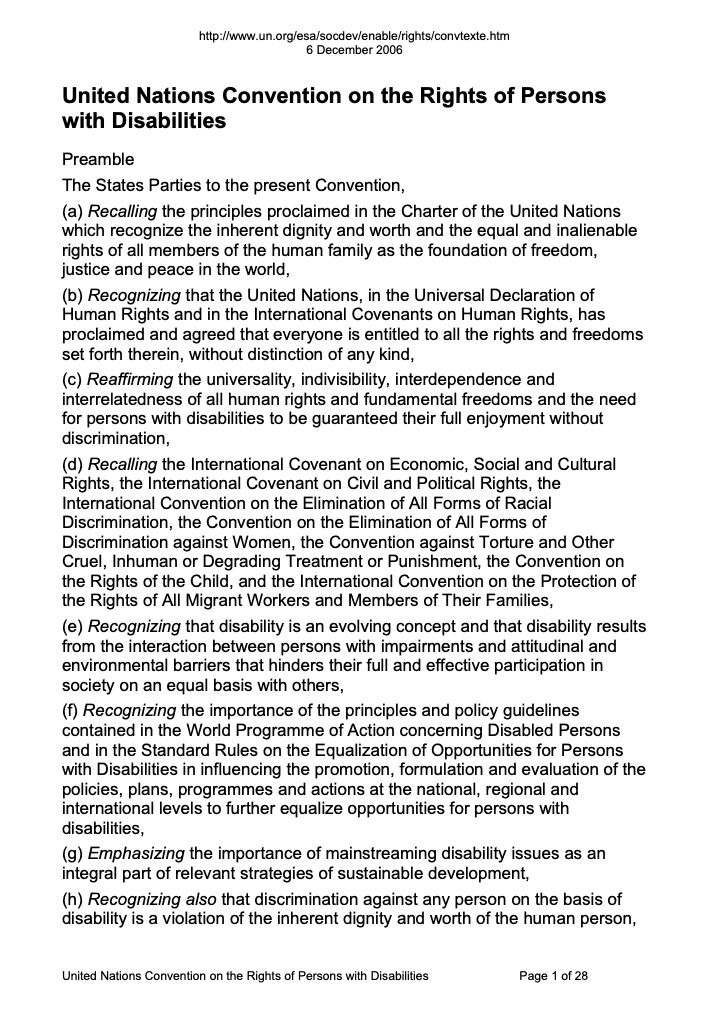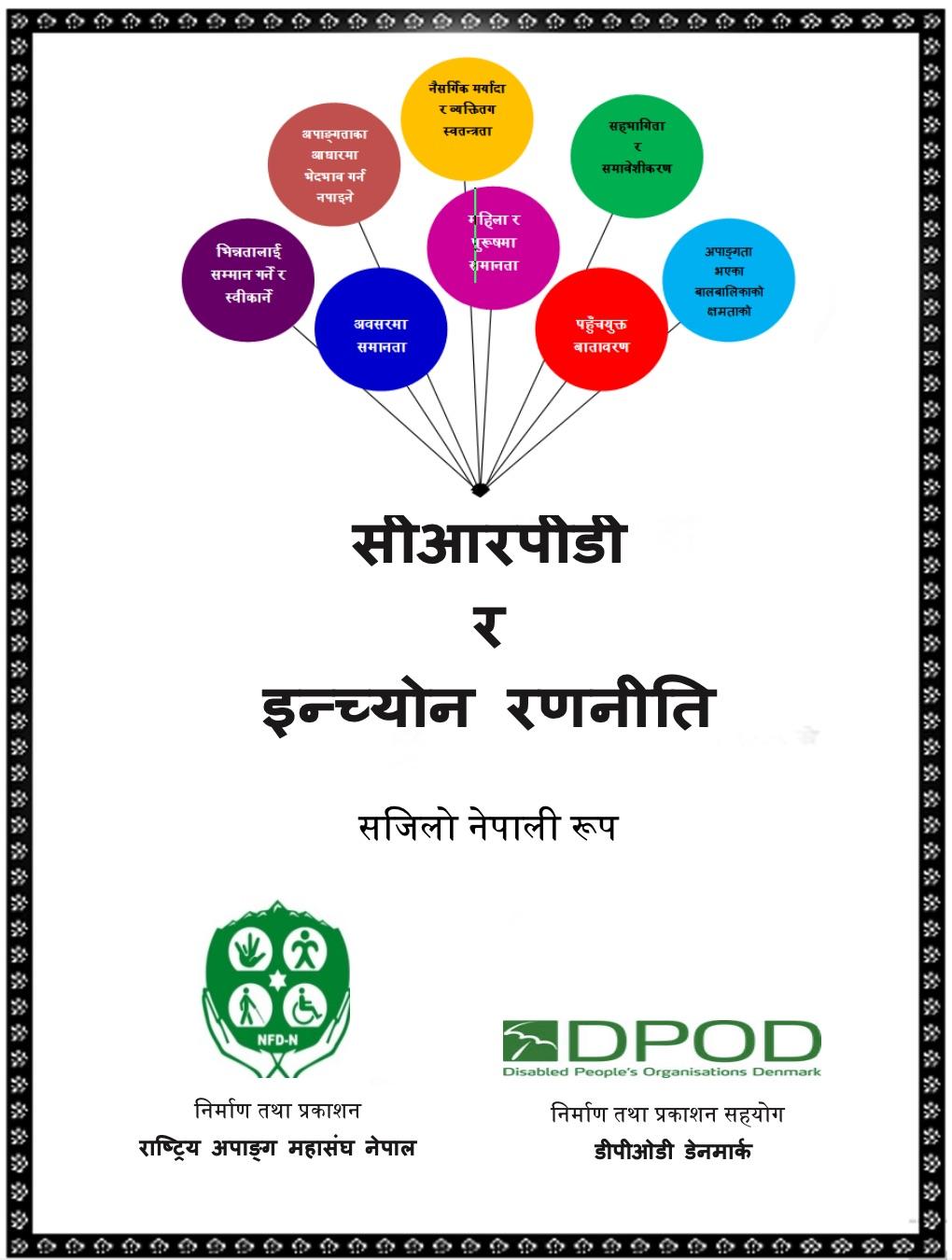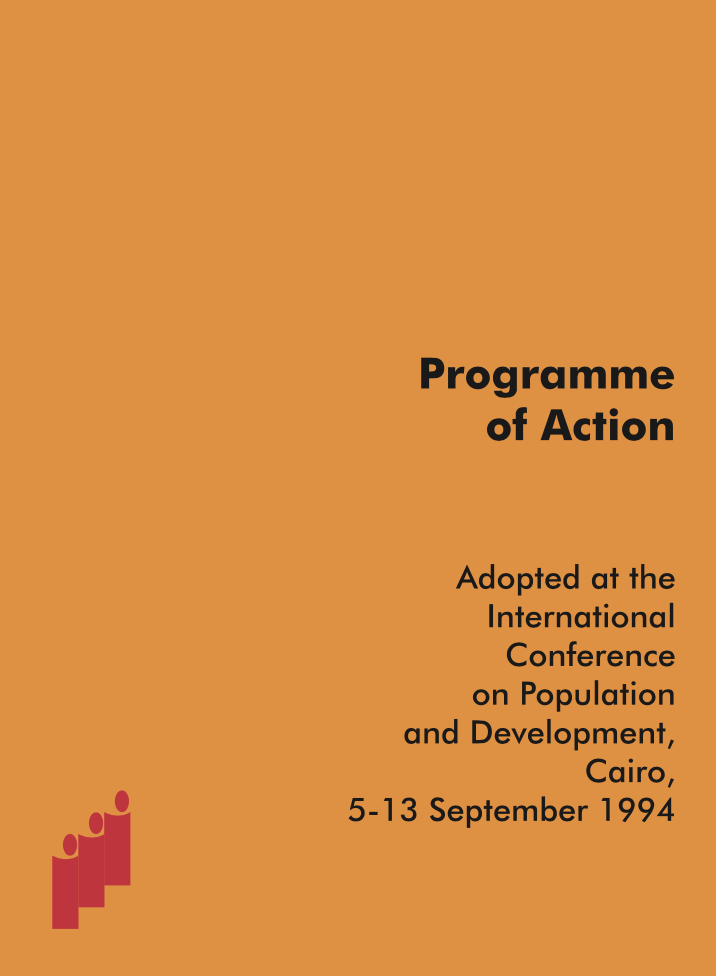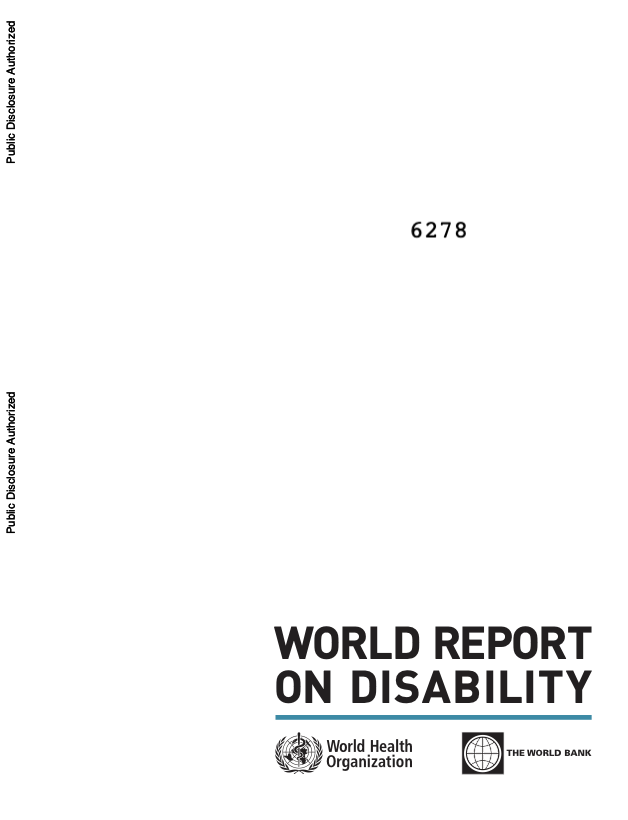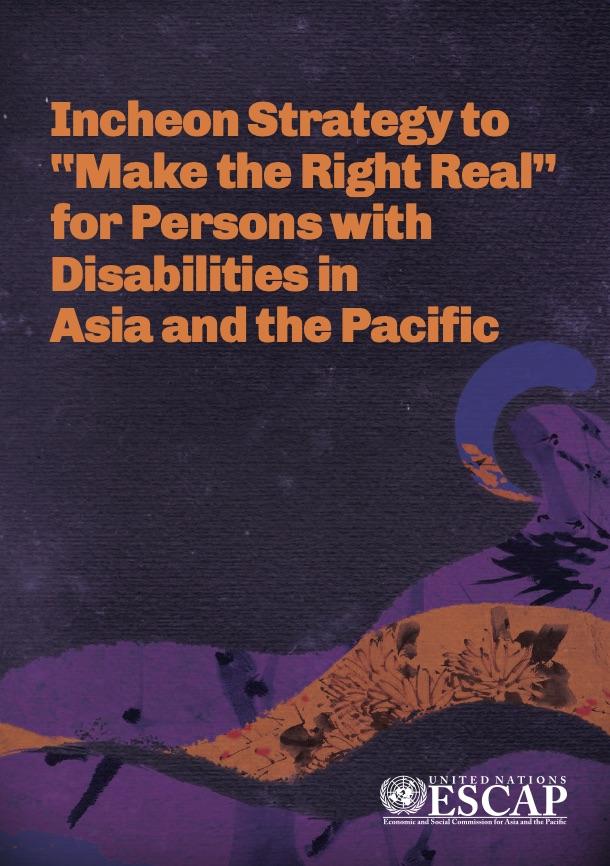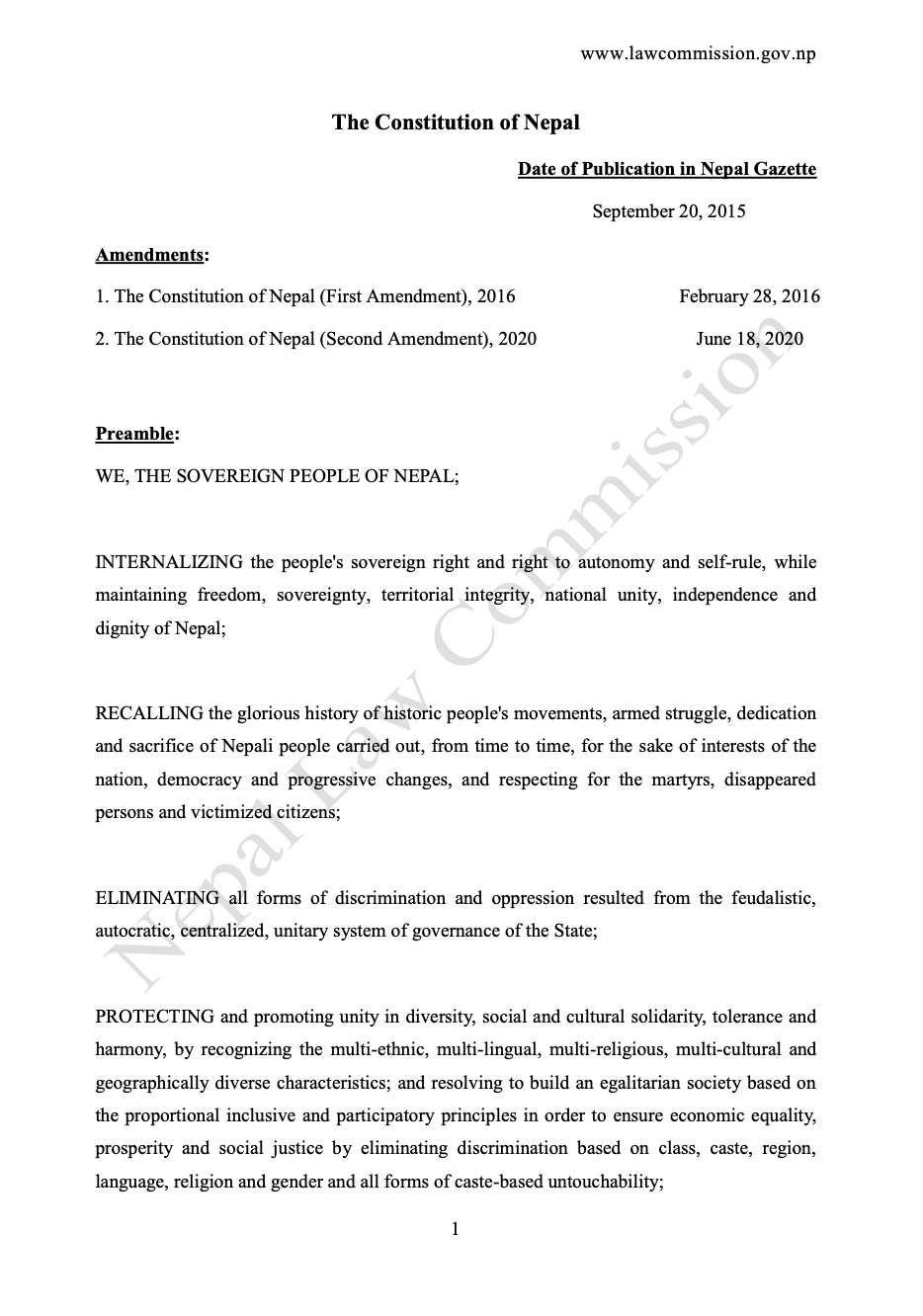Sexually transmitted infections (STIs) are spread primarily by unprotected sexual contact, including vaginal, oral, and anal intercourse. Some STIs can also be spread through infected blood or blood products, during pregnancy, childbirth and breastfeeding. STIs when left untreated can have serious outcomes which include cardiovascular diseases, infertility, and higher chances of contracting Human Immunodeficiency Virus (HIV), etc. Most of the time STIs don’t have symptoms and when they do have symptoms they are generally vaginal or urethral discharge, lower abdominal pain and genital ulcers. STIs are caused by virus and bacteria. STIs caused by bacteria can be treated with antibiotics while STIs caused by virus does not have a cure but their symptoms can be treated. Using condoms correctly and consistently is an effective way to avoid getting STIs and HIV.
Gonorrhea is caused by the bacteria called Neisseria gonorrhoeae. It is transmitted through unprotected vaginal, anal, or sex and is also transmitted from mother to child during childbirth. Using unwashed sex toys can also transmit gonorrhoea. However, acts of hugging, kissing, using common toilet seats, and sharing towels or utensils will not spread gonorrhoea.
In men: Gonorrhoea is asymptomatic among many men. However, when symptoms are present they usually manifest as urethral infection including dysuria or a white, yellow, or green urethral discharge that usually becomes visible after 1-14 days of infection.
In women: Most women don’t have symptoms when contracted with gonorrhoea. Even if women have symptoms, they are usually very mild and generic. The initial symptoms in women are dysuria, increased vaginal discharge or vaginal bleeding between periods.
Gonorrhoea can be prevented by:
- using male or female condoms during vaginal sex, or male condoms during anal sex,
- using a condom to cover the penis or a latex or plastic square (dam) to cover the female genitals if you have oral sex
- not sharing sex toys, or washing them and covering them with a new condom before anyone else uses them
Antibiotics are recommended for the treatment of gonorrhoea. In most cases, antibiotic injection (usually in the buttocks or thigh) is given as part of treatment.
Chlamydia is a sexually transmitted infection caused by the bacterium Chlamydia trachomatis. It is both preventable and curable. It is transmitted through vaginal, anal and oral sex or by using unwashed sex toys. It can also be transmitted from mother to baby during the delivery. Chlamydia is not transmitted through kissing, hugging, sharing towels or utensils and using a common toilet seat.
A large portion of people with chlamydia have no symptoms or only mild symptoms. If symptoms occur, it might take up to three weeks for them to appear.
In men: Chlamydia symptoms include burning when urinating, discharge from the penis and pain or discomfort in the testicles.
In women: Chlamydia symptoms include a change in vaginal discharge, bleeding between menstrual periods or after sex, pain or discomfort in the lower abdomen, and a burning sensation when urinating.
Antibiotics can easily treat chlamydia infections. Sometimes a once-off dose is sufficient to treat the infection.
Human Immunodeificiency Virus (HIV) is an infection which weakens the immune system of the body causing individuals to be susceptible to opportunistic infections such as tuberculosis, severe bacterial infections, fungal infections and cancers.
Acquired Immuno Deficiency Syndrome (AIDS) is a condition when individuals with HIV infection have seriously depleted the immune system causing several life-threatening infections to attack the body.
To date, there is no cure for HIV. However, different drug treatments are effective in prolonging the lives of people living with HIV. When an individual with HIV undergoes early diagnosis and receives effective treatment, the HIV infection will not progress to AIDS and they will be able to live an almost normal lifespan.
- Having unprotected sex (vaginal or anal sex) with an individual who is HIV positive or not on effective HIV treatment.
- Sharing infected needles.
- From HIV-positive mother to child during pregnancy, delivery or breastfeeding.
- Contaminated blood products.
HIV is not transmitted from kissing, touching or hugging, sharing utensils, through saliva, sweat or urine, or sharing a public toilet.
Some people may get a flu-like illness when they first get HIV.
Flu-like illness may be experienced by some people when they first get HIV. However, many people may not know that they have HIV because they may not feel sick as soon as they get HIV. It take years to develop symptoms. Therefore, it is important to get tested if you have been exposed to HIV. With time, HIV weakens the immune system and people experience multiple infections and illnesses.
People living with HIV infections need to be offered antiretroviral treatment (ART) as soon as they have been diagnosed with HIV.
ART suppresses the viral load (level of virus) and improves the immune system which results in a reduction in the risk of opportunistic infections.
Effective ART also prevents transmission of HIV from mother to child during pregnancy, delivery and breastfeeding. ART enables healthy and productive lives for people living with HIV. When the viral load is very low among people living with HIV who are on treatment that it is undetectable, HIV cannot be transmitted to sexual partners. This is called ‘undetectable’ equals ‘untransmittable’ (U=U).
Post-exposure prophylaxis (PEP) decreases of chances of becoming HIV positive if an individual has been exposed to HIV either through unprotected sex or sharing infected needles. PEP includes a course of medication that needs to be taken starting up to 72 hours (3 days and nights) after you have been exposed to HIV.
Pre-exposure prophylaxis (PrEP) is taken by people who are HIV-negative before having sex (pre-exposure) and after sex, to prevent HIV (prophylaxis). When taken correctly PrEP has been found to be about 99% effective.
Hepatitis B is caused by the hepatitis B virus (HBV) and causes liver infection. The infection can be either acute (short and severe) or chronic. Chronic infection can cause liver cirrhosis and liver cancer which puts people at higher risk of death.
Hepatitis B is transmitted through:
- Unprotected sexual intercourse (vaginal, anal, oral contact)
- From mother to child during pregnancy or delivery
- Sharing needles or razors
- Infected blood and body fluids such as saliva, vaginal, menstrual fluids and semen.
- Sharing toothbrushes or towels contaminated with infected blood
When newly infected, many people do not experience any symptoms. Some people who have acute infections may have symptoms such as dark urine, skin and eyes becoming yellow (jaundice), vomiting, nausea, abdominal pain and tiredness. Nearly most of all people recover from acute illness but some may advance to chronic hepatitis B which can progress to liver disease and complications like cirrhosis and liver cancer. This can be fatal.
Getting vaccinated against hepatitis B is the best way to prevent it. The vaccine is given soon after birth and booster doses are provided a few weeks later.
The following measures can be taken to reduce the risk of getting hepatitis B:
- Safe sexual practices and reducing the number of sexual partners.
- Avoid sharing needles or razors including equipment used for injecting drugs, piercing or tattooing.
- Thorough washing of hands with soap and water after coming in contact with blood or body fluids.
- Individuals working in healthcare settings need to get the hepatitis B vaccine.
Hepatitis B can be tested through blood tests and is treatable. When diagnosed with hepatitis B, an individual needs to seek medical professionals for further treatment and management.
Sexually transmitted infections (STIs) are spread primarily by unprotected sexual contact, including vaginal, oral, and anal intercourse.
Testing for HIV or other sexually transmitted infections can be done at nearby hospitals and private clinics.
STIs such as gonorrhoea, chlamydia, HIV and hepatitis B are transmitted from mother to child.
Gonorrhea is caused by the bacteria called Neisseria gonorrhoeae.
Infections that occur more often or are more severe in people with weakened immune systems, especially those infected with HIV, are called opportunistic infections.
When the viral load is very low among people living with HIV who are on treatment that it is undetectable, HIV cannot be transmitted to sexual partners. This is called ‘undetectable’ equals ‘untransmittable’ (U=U).
Post-exposure prophylaxis (PEP) is the use of medication to decrease the chances of becoming HIV positive if an individual has been exposed to HIV either through unprotected sex or sharing infected needles. PEP includes a course of medication that needs to be taken starting up to 72 hours (3 days and nights) after you have been exposed to HIV.
Pre-exposure prophylaxis (PrEP) is a medication taken by people who are HIV-negative before having sex (pre-exposure) and after sex, to prevent HIV (prophylaxis). When taken correctly PrEP has been found to be about 99% effective.
It is pain or discomfort when you urinate.
It is scarring of the liver caused by long-term liver damage.
Yes. Herpes, syphilis, hepatitis B, chlamydia, and gonorrhoea can be transmitted through oral sex.
The “window period” is a short period of time (usually less than 3 weeks) when a person has contracted HIV but has not yet developed an immune response (anti-HIV antibodies) to the virus.
For best protection, a condom should be used at every act of sex, and used correctly.

